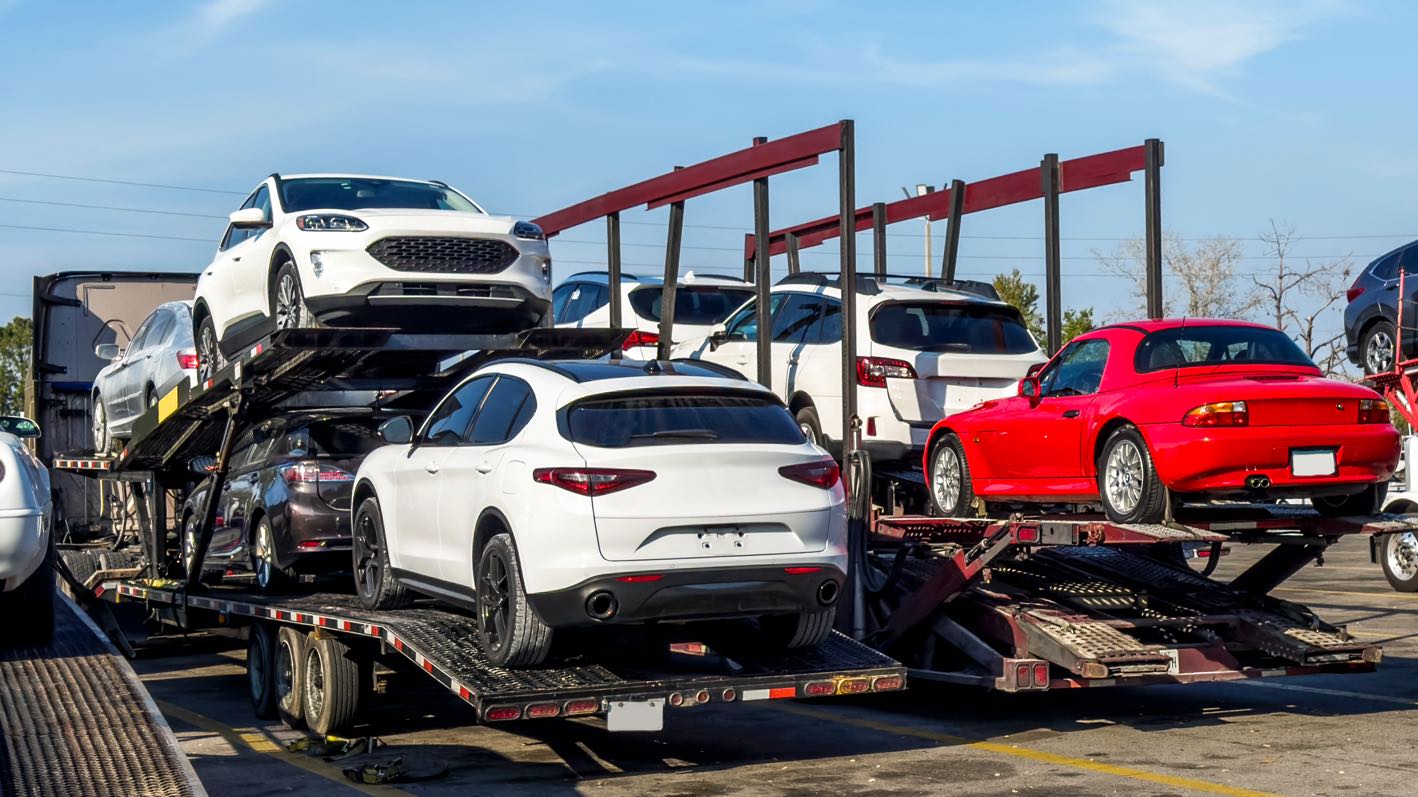When you want to ship your vehicle, you will need to provide certain details and requirements to get an estimate on the amount it will take to ship your vehicle. These details, such as the distance to your destination, the type of carrier (open or enclosed), and the vehicle’s weight and dimensions, all play a role in determining the cost of shipping your vehicle. In this article, we will explain how and why vehicle size affects the cost of shipping vehicles and give you some tips on how to ship larger and heavier vehicles.

Carriers have limited space in them, which dictates the number and sizes of vehicles they can transport in a single trip. For instance, if a carrier is designed to conveniently accommodate eight small to medium-sized sedans, adding one large vehicle, such as a pickup truck, can disrupt this arrangement. The remaining space will not be able to fit an extra vehicle, resulting in the carrier now carrying six sedans and one pickup truck.
When transporting vehicles, the cost of operating the carrier is shared among the owners of the vehicles in the carrier. This means a carrier that can carry more vehicles will have more people to split the shipping cost among, leading to a lower shipping fee per individual. In cases where there is a vehicle with large dimensions, the cost of shipping will be higher since the carrier cannot maximize its load capacity.
Large vehicles often come with immense weights, which can lead to increased expenses during shipping. For example, the added weight could cause carriers to exceed federal and state weight restrictions, like in some US states where car carriers must stay below the 80,000-pound gross vehicle weight limit to operate on highways. If this limit is surpassed, cargo may need to be dropped off, reducing the number of vehicles transported.
Shipping heavier vehicles also poses other challenges that lead to an increase in shipping costs:
- Multiple breakdowns and complications if an inadequate carrier is used.
- The need for extra equipment, such as lifts, for loading and unloading
- Longer routes due to avoiding roads with small bridges and similar structures.

Given the complexities of shipping larger and heavier vehicles, it’s essential to follow the right steps for a smooth and reliable transportation process:
- Hire the Right Shipping Company: Engage the services of a shipping company that has the expertise and equipment for shipping large or heavy vehicles. This is the most guaranteed way to have a noteworthy shipping experience.
- Compare Shipping Quotes: It is usually more expensive to ship larger vehicles, so you need to avoid quotes that are unreasonably low. This could spell fraudulent organizations that might cause you to suffer financial loss or lose your vehicle.
- Choose valid shipping methods: Open-air carriers are usually better suited for transporting larger vehicles since they are cost-effective, have enough space to accommodate more vehicles, and are able to support their immense weights. You could also opt for the more expensive enclosed carrier transport option.
- Inspect and document condition: Before handing your vehicle over to the shipping company, make sure to assess the initial condition of the vehicle and document it with pictures from different angles if possible.

Preparing larger vehicles for shipping involves taking a series of steps to make the transportation process safer and smoother.
- Clean the Vehicle: Thoroughly clean the interior and exterior of the vehicle.
- Remove or Secure Loose Parts: Take off removable accessories and securely fasten others to prevent damage.
- Check for Mechanical Issues: Ensure the vehicle is in good working condition and address any mechanical problems.
- Fuel Level: Maintain a quarter tank of fuel to reduce weight and minimize the risk of leaks.
These basic steps are crucial for reducing the vehicle’s weight and making it ready for transportation.

The size and weight of your vehicle play a crucial role in determining car shipping costs. Larger vehicles can affect carrier capacity, leading to potential cost increases. It’s essential to hire the right shipping company, choose valid shipping methods, and prepare your vehicle properly for a successful and cost-effective shipping experience.
One company stands out for its dependability, expertise, and commitment to client satisfaction when it comes to moving bigger vehicles anywhere in the United States: Ship A Car, Inc. With a decades-long track record, Ship A Car, Inc. has established itself as the top choice for heavy vehicle transportation. They offer the knowledge and tools to make sure your bigger vehicle reaches at its destination securely and on schedule, from careful planning to secure and effective transportation. Don’t risk the security of your valuable item. For the finest in automobile shipping services right now, go to their website at www.shipacarinc.com or contact them by phone at (866) 821-4555.




